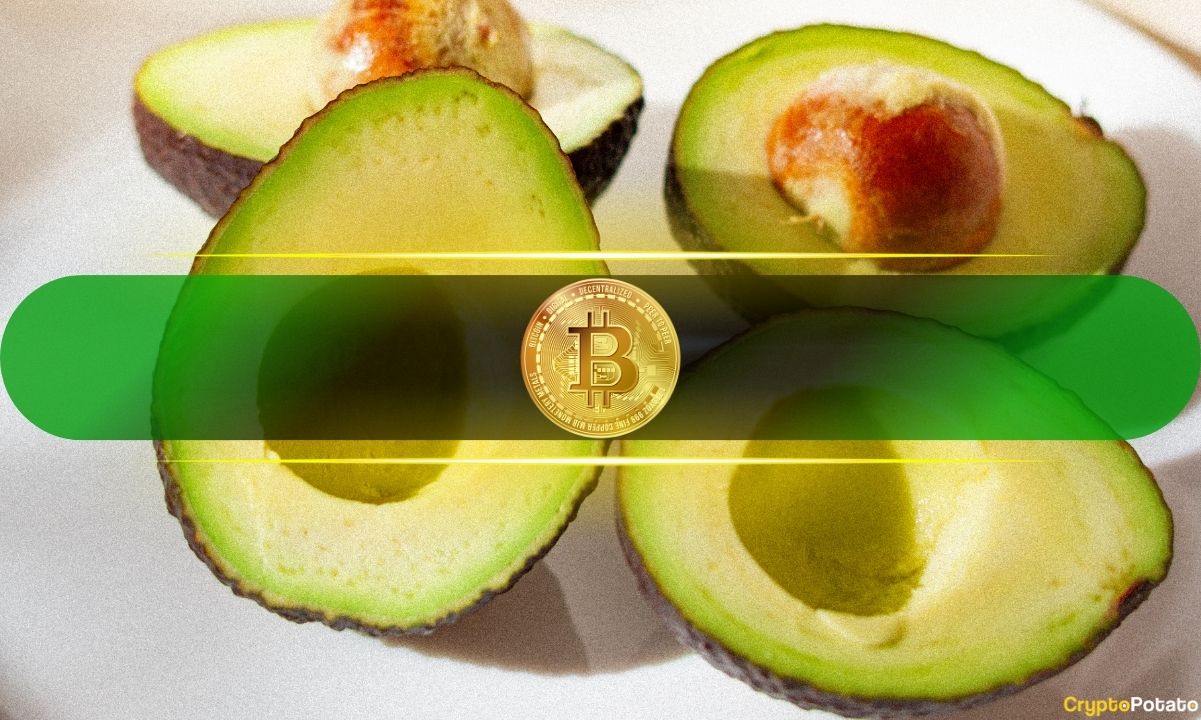
Bitcoin completed its fourth halving on April 20th, with block rewards falling from 6.25 BTC to 3.125 BTC. Historically, halvings have been related to growing bitcoin prices and eventually marked the beginning of new cycles followed by massive surges in value.
The latest halving is no different, even as BTC reached an all-time high beyond $73K before the event for the first time in its history.
Previous Halvings Cycles
The first halving of Bitcoin in November 2012 marked a watershed moment for the world’s leading cryptocurrency. At the time of the event, BTC was trading at a value of $12.50. Following the block reduction, its price experienced a steady climb, but the real surge occurred in 2013. Just over a year later, on November 29, 2013, bitcoin hit a peak of $1,163, marking a whopping 93x return from its price at the time of the event.
The second halving took place in July 2016, with bitcoin priced at $638.51. Unlike the first, BTC immediately responded with a strong rally. The price soared, reaching an all-time high of $19,333 on December 15, 2017. As such, this surge represented a 30x return from the price at the time of the halving.
In May 2020, amid the global economic uncertainty triggered by the COVID-19 pandemic, the Bitcoin network underwent its third halving. Despite the challenging circumstances, the asset’s response was notably bullish. With a price of $8,475.00 at the time of the halving, it surged to a new peak of $68,982.20 on November 10, 2021. This impressive uptick marked an 8x return from its price at the time of the halving.
One key observation is the diminishing returns in each subsequent halving.
This chart shows $BTC price performance after each Bitcoin halving👇
Typically, a bullish trend emerges, lasting approximately one year after each halving. What are your thoughts on this pattern? pic.twitter.com/uZlZnUQkik
— IntoTheBlock (@intotheblock) April 19, 2024
Bitcoin Remains Around $66,000 Post-Halving
In contrast to previous halving cycles, bitcoin managed to climb a new peak above $73,000 on March 12 – well before the fourth halving. While certain industry commentators believe that the latest halving is already priced in, the supply shock following the event remains a significant factor.
Additionally, the introduction of spot Bitcoin ETFs in the US has increased market participation, offering new possibilities for BTC in 2024 as miners adapt to the changing landscape amidst geopolitical and macroeconomic tensions.
Leading up to the fact was an uneventful week. Post-halving, too, bitcoin hasn’t shown significant volatility as it sits around $66,000. Typically, after halvings, BTC experiences a downward trend before a significant recovery, but this process usually takes months rather than days or weeks.
This article first appeared at CryptoPotato